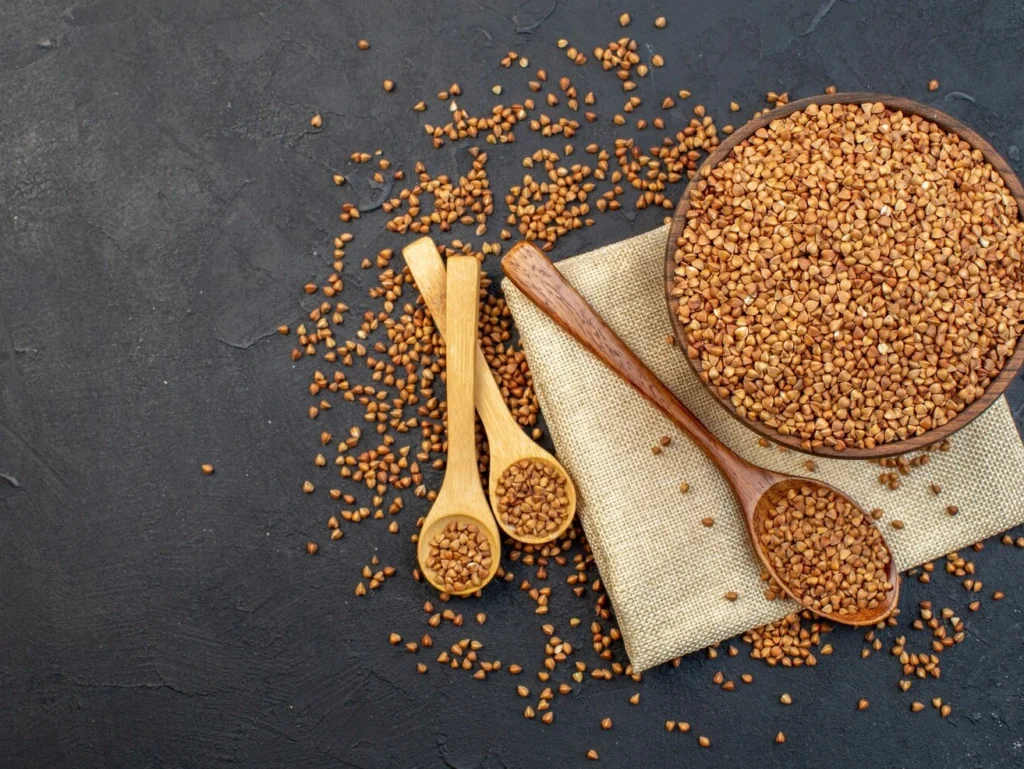
Navigating a gluten-free diet can be challenging, especially for those with celiac disease or gluten sensitivity. The good news is that there are many nutritious and delicious gluten-free grains that can enhance your diet while providing essential nutrients. Sorghum and millet are two excellent options that offer a range of health benefits and culinary versatility. Here’s why incorporating these gluten-free grains into your diet is a smart choice.
Sorghum:
Millet:
Both sorghum and millet are incredibly versatile and can be used in a variety of dishes, making them easy to incorporate into a gluten-free diet.
Sorghum:
Millet:
For individuals with gluten sensitivity or celiac disease, maintaining digestive health is crucial. Both sorghum and millet are gentle on the digestive system, free from gluten, and less likely to cause inflammation or discomfort.